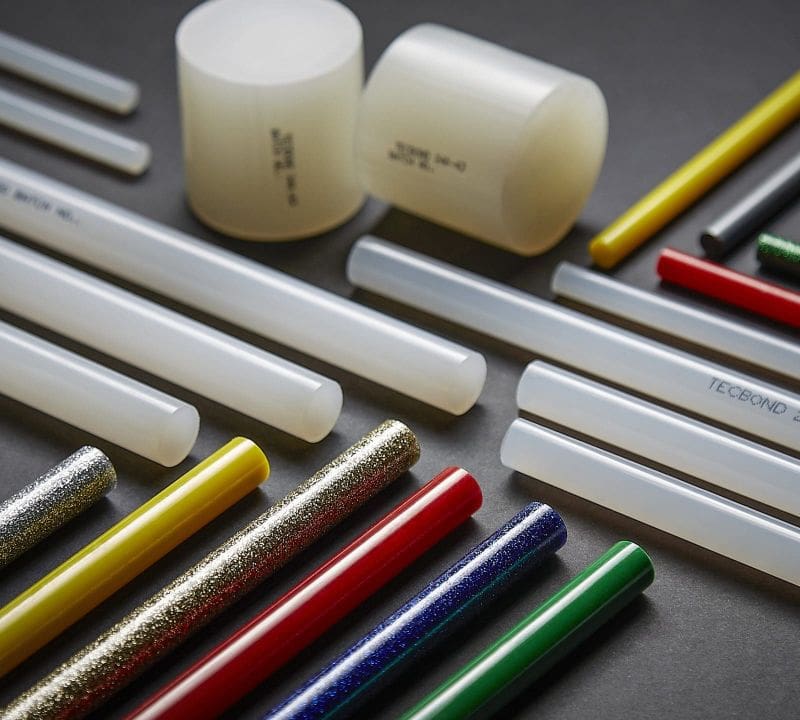Tecbond polyamide adhesives: Everything you need to know
Polyamide adhesives are a unique subset of hot melt adhesives, providing distinct properties that set them apart from other forms of hot melt. Unlike conventional EVA or metallocene-based hot melts, polyamides offer a combination of tensile strength, high-temperature resistance, and strong adhesion to a wide range of substrates. They are used in a wider variety of applications, from automotive to textiles, thanks to their versatility and efficiency.
What is a polyamide adhesive?
Polyamide, in its most basic sense, refers to a chain of polymers linked by amide bonds. Although polyamides exist in nature (e.g., silk), those used as adhesives are synthetically produced. Possessing strong adhesive properties, polyamide-based hot melts exhibit high performance with increased resistance to both high temperatures and harmful chemicals.
Benefits of polyamide adhesives
Unlike other adhesives that rely on the processes of drying and curing, hot melts form bonds through heating and cooling. The adhesive is melted in a glue gun, and this molten adhesive is applied to a substrate. Another substrate is then introduced and secured in place by the hot melts molten tack. The adhesive then cools, forming a bond.
While hot melts promote faster working times, without any harmful chemicals, they can unfortunately struggle to retain their performance in very warm temperatures.
Polyamides, however, have much higher heat resistance and softening points than EVA and polyolefin-based hot melts. The tecbond range of polyamide adhesives can withstand temperatures of over 110°C without compromising bond strength. Despite this increased resistance, they are no more difficult to work with than any other tecbond grade.
Polyamide adhesives also offer superior chemical resistance compared to EVA or polyolefin-based hot melts. This enhanced chemical resistance is primarily attributed to the chemical structure of polyamides. Tecbond polyamides have been used in the automotive industry for many years thanks to their superior chemical resistance. Not only are they used to secure components in fuel and oil filters, but they’re also used as an encapsulation adhesive to protect fragile electrical components.
Lastly, polyamides have almost unmatched tensile strength among hot melts. Tensile strength refers to how much a substrate can be stretched and manipulated without breaking. As an example, elastic bands have high tensile strength because they can be stretched a great distance before they snap. Conversely, concrete, despite its high compressional strength, has very low tensile strength and will break very easily if exposed to the right force.
An adhesive with high tensile strength requires a much greater force to pull apart and tends to be less brittle than adhesives with low tensile strength.
The range of tecbond polyamides
Tecbond polyamides are widely used across a number of markets, including product assembly, woodworking, automotive, and electrical. A full list of the tecbond polyamide grades can be found in our adhesives guide.
When kept dry and sealed in their foil-coated, resealable packaging, tecbond polyamides will last up to two years, almost double the shelf life of comparable polyamide adhesives.
As with all grades in the tecbond adhesive range, tecbond polyamides work best with the wide selection of tec applicators. These adhesives and applicators are designed and manufactured to provide optimal performance when used together.
For more information regarding our polyamide grades and compatible applicators, please don’t hesitate to contact our sales team.
+44 (0)1268885801



























Leave a Reply